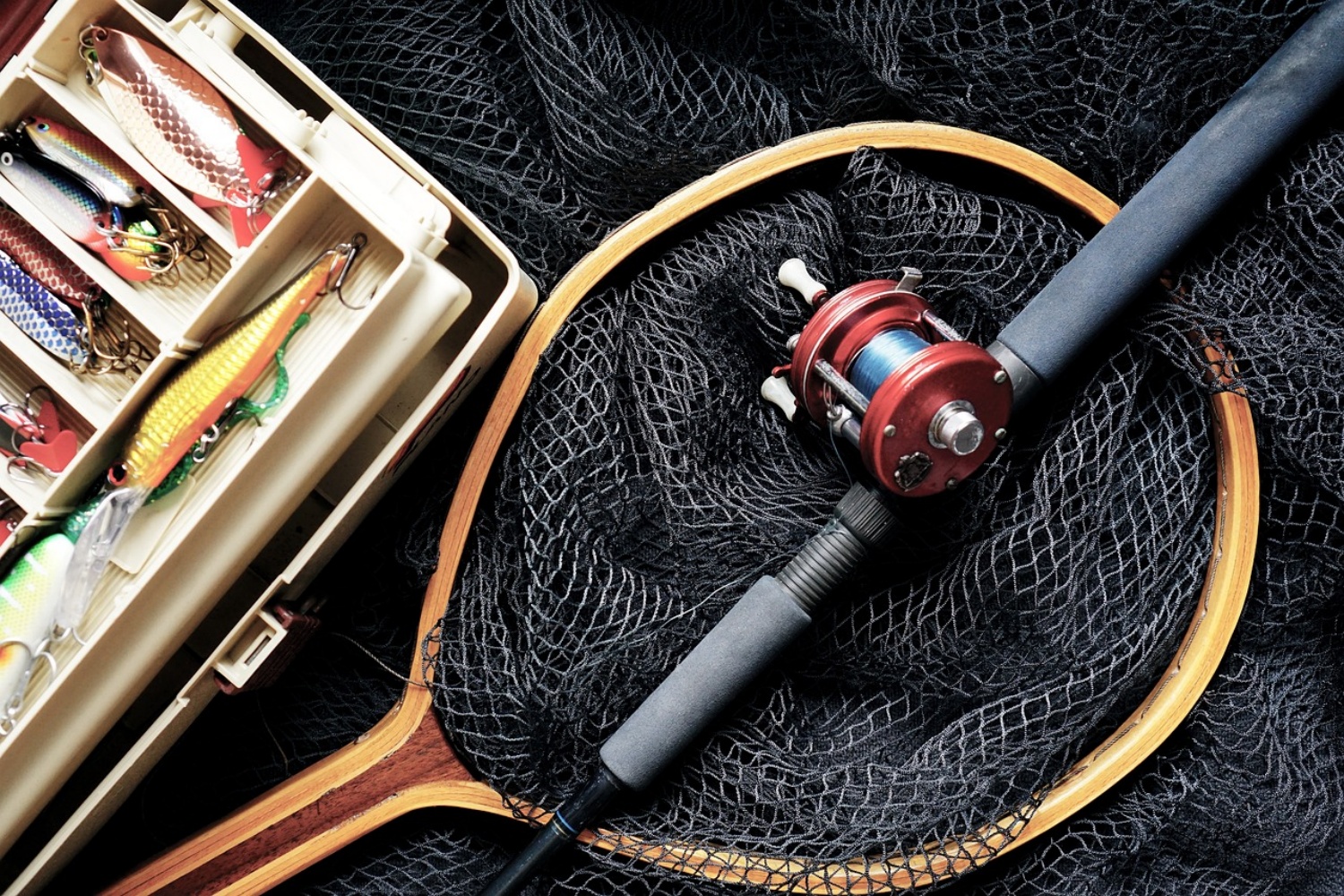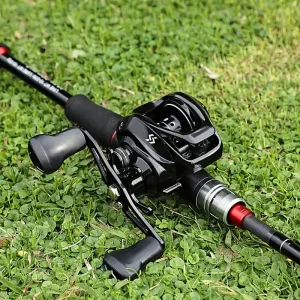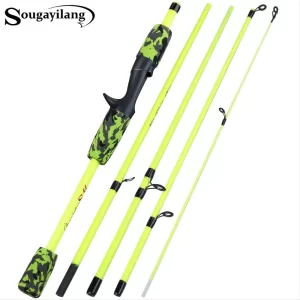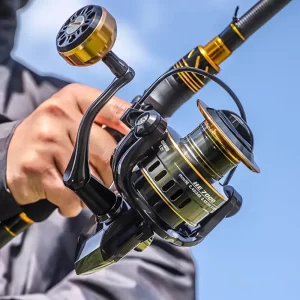Fishing line diameter is a crucial consideration for any angler, as it directly impacts the sensitivity and strength of the line. Sensitivity, which refers to the ability of the line to transmit fish bites and other underwater movements, is crucial for detecting bites and properly setting the hook. Strength, on the other hand, determines how much weight the line can handle before breaking. We will explore the impact of fishing line diameter on both sensitivity and strength, ultimately examining how to choose the best line for your fishing needs.
Sensitivity
The diameter of a fishing line directly affects its sensitivity. Thinner lines, or lines with smaller diameters, are more sensitive than thicker lines. This is because a thinner line has less mass, allowing it to more easily transmit underwater movements and vibrations. A sensitive line will transmit fish bites more clearly, making it easier for the angler to detect and react to the bite.
On the other hand, thicker lines, or lines with larger diameters, are less sensitive. They require more effort for the fish to move, and the resulting vibrations are not transmitted as clearly. This can make it more difficult for the angler to detect fish bites, leading to missed opportunities or improper hook sets.
Strength
The diameter of a fishing line also plays a role in its strength, or breaking point. Lines with larger diameters can handle more weight before breaking, making them better for heavy tackle or big fish. A larger-diameter line will also have more “give” when a fish is hooked, reducing the chance of breakage when a fish makes a strong run or a hard fight.
On the other hand, lines with smaller diameters, or thinner lines, have a lower breaking point. They are not suitable for heavy tackle or big fish, as they are more likely to break under pressure. Thin lines are better suited for light tackle and smaller fish, as they provide a more sensitive bite detection but do not have the strength to handle larger fish or heavy tackle.
Factors to Consider When Choosing a Line Diameter
When choosing a fishing line diameter, anglers must balance sensitivity and strength. The best line for an angler depends on their specific needs and preferences. For instance, if an angler fishes in rough waters and targets big fish, they may choose a thicker line with more strength. This will provide the durability needed in rough conditions while also being able to handle the weight of larger fish.
On the other hand, if an angler fishes in calm conditions and targets smaller fish, they may choose a thinner line for increased sensitivity. This will allow them to detect subtle bites and movements of smaller fish more easily. Additionally, thinner lines are often more cost-effective, as they require less material to manufacture.
Personal Preference and Experience
Ultimately, the choice of fishing line diameter is a personal preference that should be based on experience and specific fishing conditions. Experimenting with different lines will help anglers determine which diameter works best for their needs. Whether sensitivity or strength is valued more highly depends on the individual angler’s preferences and fishing style. With time and experience, anglers can learn to recognize the optimal diameter that provides both sensitivity and strength in their fishing lines.
More: Hooked on Precision: Importance of Selecting Correct Fish Hook Sizes






